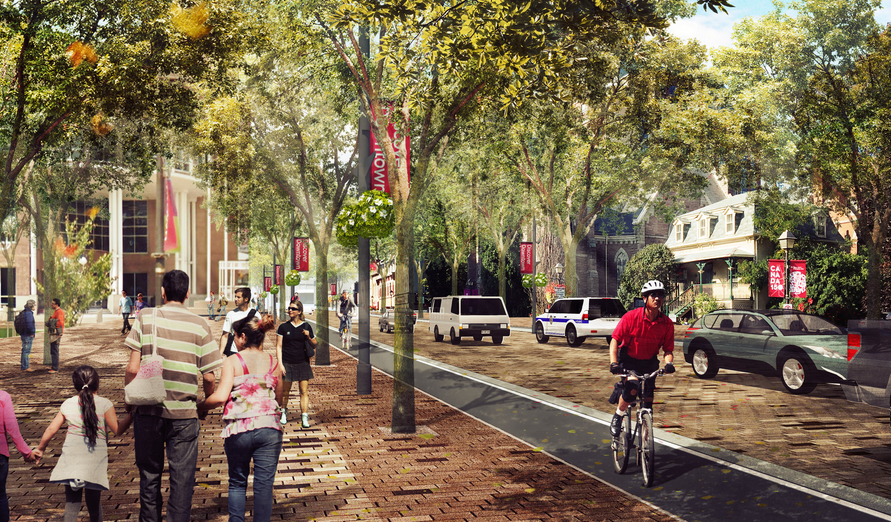An Overview:
Cities around the world are rediscovering the values of walkable and bikeable streets. Cities like Oakland, California, Amman, Jordan, have restricted driving on certain streets. Other cities like Berlin & Bogota have scrambled to convert car parking and lanes into bike lanes. Street networks are about resilience, whether to COVID-19 or climate change. The main agenda is, with well-connected streets give rise to walkability, bike trails, all leading towards a healthier environment.
COVID-19 response shows how a city can move to repurpose street spaces in the short term. Urban design elements like traffic cones, planters, signages, painting streets have uplifted the neighbourhood streets completely. The bicycle market has bloomed like anything before. However, streets are the main objective behind connecting, leading to street networks. In the long run, the skeleton network of streets will have a little impact pertaining to the permanent constraints of walkability and bikeability.

Street Networks:
Street-networks connectivity matters because of easy reach destination reach. It works incredibly when daily necessity shops are located in close vicinity at a walking distance. In case of a haphazardly sprawling network, the grocery stores, necessity stores lies a hundred metres away, only accessible via car/bikes. Thus, completely disconnecting walkability & bikeability of community neighbourhoods.
Street-networks sprawl matters less to car drivers, but dignity to those walking. Nowadays, people with a choice of travel options hence act accordingly. While building a connected network of streets in community neighbourhoods has reduced car ownerships and increased walking majorly in Asia, France, and the United States.
Time to Re-think Streets:
Street-networks, however, are on the rise almost everywhere in the world, according to a new index of street-network sprawl. The index has revealed shocking and disturbing picture for the future of walkability of urban development and can be set on a better course.
Disconnected streets are becoming a norm in the majority of the world, through tree-like branching networks for example in Tucson, Ariz, or gated communities near Jakarta. Cities like Buenos Aires, Khartoum, Amsterdam and Tokyo have maintained the tradition of building connected streets. Dutch and Danish cities maintain high connectivity for pedestrians and cyclists through cut-through paths at the end of each block.

Street network is permanent after a new urban development is built, the streets cemented in place stay for decades or centuries. Thus, we should always keep the forward-thinking regulations in mind while designing a neighbourhood that can sustain in a long-run.
Know about the Priority:
For decades, designers, developers and planners developed streets for cars, and not people. And the results are – acres of parking, separate usages, long commutes, etc. People are more likely to be active in a community designed around their needs. A healthy urban community is where the basic necessities and amenities are accessible by walking or biking. Accessing a space for physical activity, exercise facilities near work and home is also associated with increased physical activity. Such as countries with strong bicycle infrastructure report higher levels of bicycle use and lower rates of obesity.

Building design significantly affects health as well, for example,
- people who climbed three to five flights of stairs a day have a 29 per cent lower risk of stroke.
- Natural daylight snd views of nature are associated with reduced pain and depression.
- High-quality air-ventilation systems are associated with a lower incidence of respiratory diseases and increased work productivity.
Communities make decisions every day, that affects public health directly or indirectly. The first step towards building places is creating a physical environment. A healthy community is the one that engages all its residents and offers opportunities for people to socialize as well as engage with neighbours.
Connected streets facilitate integrated communities, mixed-use, housing types and access to services for those without cars. Cities characterized by street-network sprawl, have a way of sustaining through coronavirus pandemic. To realize a long-term transformative change, cities shall move beyond and tackle their new developments as well as old.

